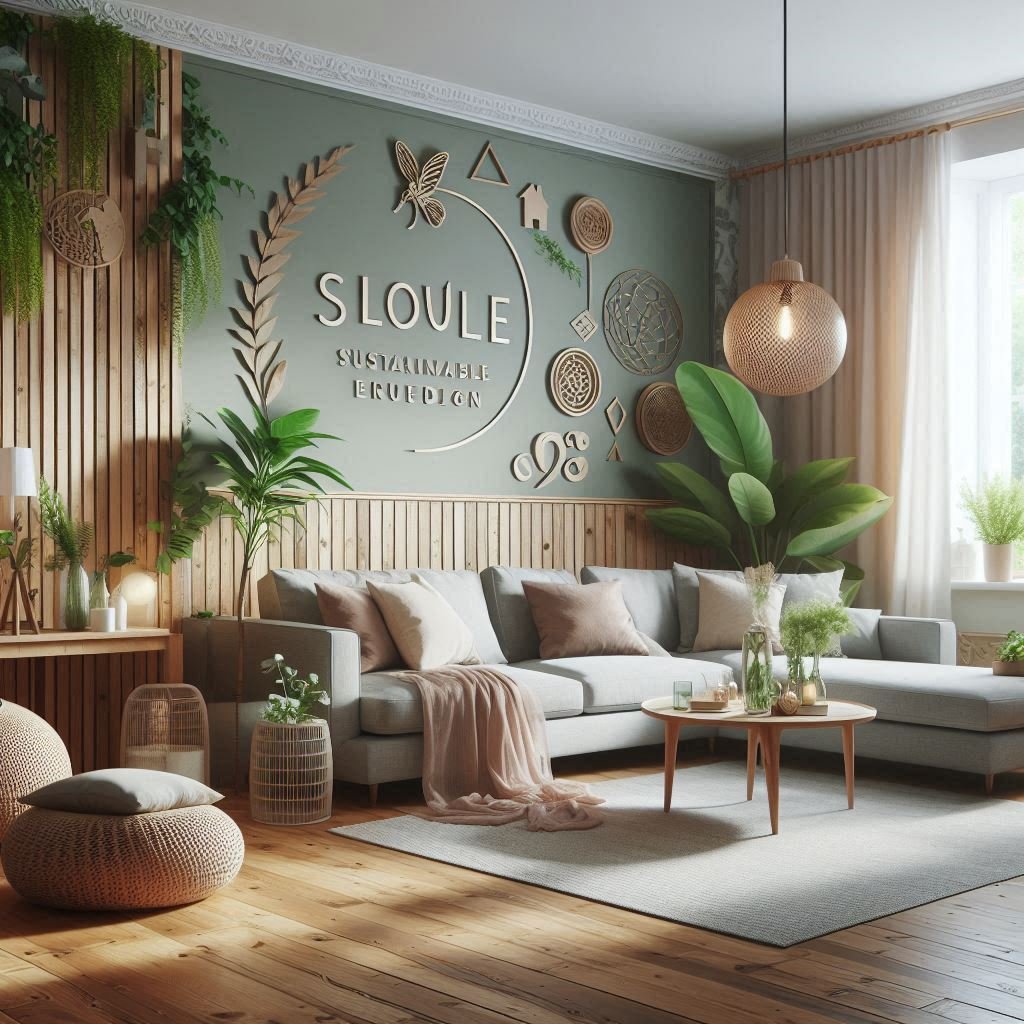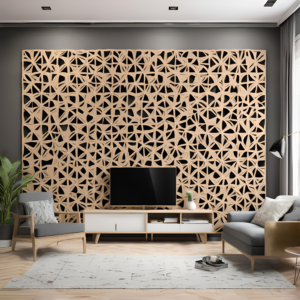Sustainable Interior Design : Eco-Friendly Tips for Your Home
Incorporating sustainability into Sustainable Interior Design not only benefits the environment but also creates healthier and more cost-effective living spaces. By choosing eco-friendly materials and practices, you can reduce your carbon footprint while still enjoying stylish and comfortable interiors. Here are some tips and ideas to help you achieve a sustainable home design.
1. Use Eco-Friendly Materials to have Sustainable Interior Design
Choosing sustainable materials is a fundamental aspect of eco-friendly interior design. Here are some materials to consider:
- Bamboo: A fast-growing and renewable resource, bamboo is an excellent choice for flooring, furniture, and even decorative items.
- Recycled Materials: Opt for furniture and decor made from recycled wood, metal, or plastic. This reduces waste and gives new life to discarded materials.
- Natural Fabrics: Use organic cotton, wool, linen, and hemp for upholstery, curtains, and bedding. These materials are biodegradable and often produced without harmful chemicals.
2. Opt for Low-VOC Paints for Sustainable Interior Design
Volatile organic compounds (VOCs) found in traditional paints can be harmful to both the environment and your health. Choose low-VOC or zero-VOC paints to reduce indoor air pollution and create a safer home environment.
3. Energy-Efficient Lighting
Lighting is a key element of interior design, and choosing energy-efficient options can significantly reduce your energy consumption:
- مصابيح لد: These use less energy and last longer than traditional incandescent bulbs.
- Natural Light: Maximize natural light by using large windows, skylights, and light-colored walls to brighten your space and reduce the need for artificial lighting.
4. Sustainable Flooring Options
Flooring materials have a significant impact on the environment. Consider these eco-friendly options:
- Cork: Harvested from the bark of cork oak trees, cork is a renewable resource that provides excellent insulation and comfort.
- Reclaimed Wood: Using reclaimed wood for flooring and furniture not only reduces deforestation but also adds unique character to your home.
- Linoleum: Made from natural materials like linseed oil, cork dust, and wood flour, linoleum is biodegradable and durable.
5. Water Conservation
Incorporating water-saving fixtures and practices can make your home more sustainable:
- Low-Flow Fixtures: Install low-flow faucets, showerheads, and toilets to reduce water consumption without sacrificing performance.
- Greywater Systems: Use greywater systems to recycle water from sinks, showers, and laundry for irrigation and other non-potable uses.
6. Indoor Plants
Plants not only enhance the aesthetic appeal of your home but also improve indoor air quality:
- Air-Purifying Plants: Choose plants like spider plants, snake plants, and peace lilies that are known for their air-purifying properties.
- Vertical Gardens: Create a vertical garden to maximize greenery in small spaces and promote a connection to nature.
7. Sustainable Furniture Choices
When selecting furniture, consider options that are both stylish and sustainable:
- Second-Hand Furniture: Repurpose and upcycle second-hand furniture to reduce waste and give unique character to your space.
- Certified Sustainable Wood: Look for furniture made from wood certified by organizations like the Forest Stewardship Council (FSC), which ensures responsible forest management.
8. Eco-Friendly Home Decor
Sustainable decor can enhance your home’s look while minimizing environmental impact:
- Natural Rugs: Choose rugs made from natural fibers like jute, sisal, or wool.
- Upcycled Decor: Get creative with DIY projects to upcycle old items into new decor pieces, reducing waste and adding a personal touch.
خاتمة
By incorporating these eco-friendly tips and practices into your interior design, you can create a sustainable and stylish home that benefits both you and the environment. From choosing sustainable materials and energy-efficient lighting to incorporating plants and water-saving fixtures, every small change can make a big difference. Embrace sustainable interior design to enjoy a healthier, more eco-conscious living space.



